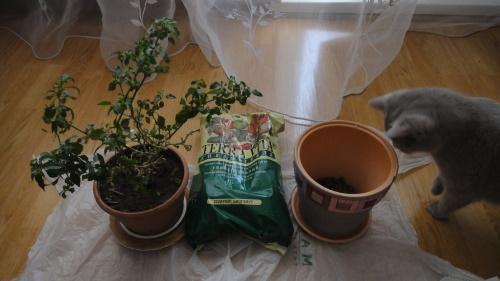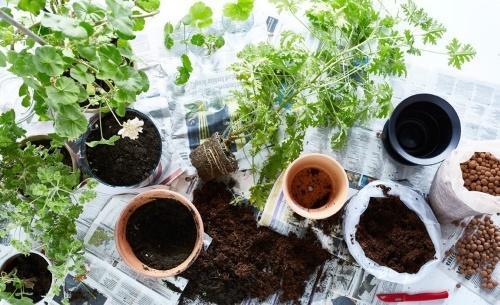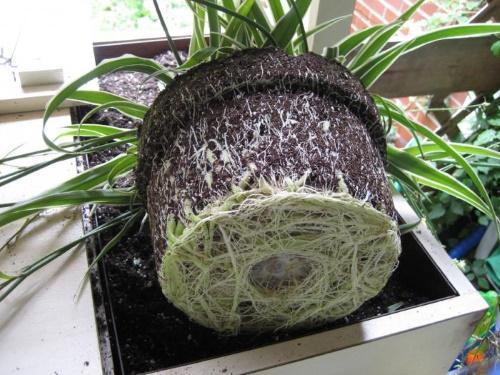We transplant indoor flowers: when is better
 Transplanting is an integral part of houseplant care. Unlike those crops that live in the open field, domestic flowers have much more restrictions: they are constrained by the walls of the flowerpot and the available volume of land and are completely dependent on their owner. Over time, the nutrient reserves in the soil are depleted, while the flowers themselves continue to grow. Then the plants begin to suffer, starving and demanding an expansion of space. To prevent this, it is important to know when to transplant indoor flowers.
Transplanting is an integral part of houseplant care. Unlike those crops that live in the open field, domestic flowers have much more restrictions: they are constrained by the walls of the flowerpot and the available volume of land and are completely dependent on their owner. Over time, the nutrient reserves in the soil are depleted, while the flowers themselves continue to grow. Then the plants begin to suffer, starving and demanding an expansion of space. To prevent this, it is important to know when to transplant indoor flowers.
Optimal time for transplant
As you know, in winter, daylight hours become shorter and in such conditions plants slow down their development. Some simply temporarily suspend growth, while others go into hibernation, going into a mode of complete rest. During this period, you do not need to touch them. But with the onset of spring, when there is more light and active growth begins, that long-awaited time comes when it is time to start transplanting.
If the right moment is missed and the buds have already set on the plant, it is better to postpone the procedure until next season.
As for coniferous crops, their growing season is somewhat different: growth processes take place in winter, so it is better to replant them in summer.
In the case when the flower is sick or pests have started on it, the transplant must be carried out regardless of the season and flowering, otherwise it will disappear.
How can you tell if your flowers need a transplant?
Most plants give us distress signals themselves. You urgently need to run to the store for fresh soil and new pots if you notice such signs:
- despite frequent watering, the earth dries out quickly;
- roots protrude from the drainage holes or directly from the flowerpot;
- the flower became thick and stopped growing.
When transplanting, it must be borne in mind that some species do not need a lot of space. So, violets and hippeastrum prefer small containers, so it is enough to simply replace the soil mixture with them. In large pots, they do not bloom for a long time.
Transfer frequency
Each flower has its own growth rate. Fast-growing crops need replanting every two years, those that develop slowly can be left alone for three seasons in a row. But representatives of succulent plants generally feel good in the same pot and soil for 5 years. As for adult large-sized specimens, they are not transplanted, but simply the topsoil is renewed every 2-3 years.